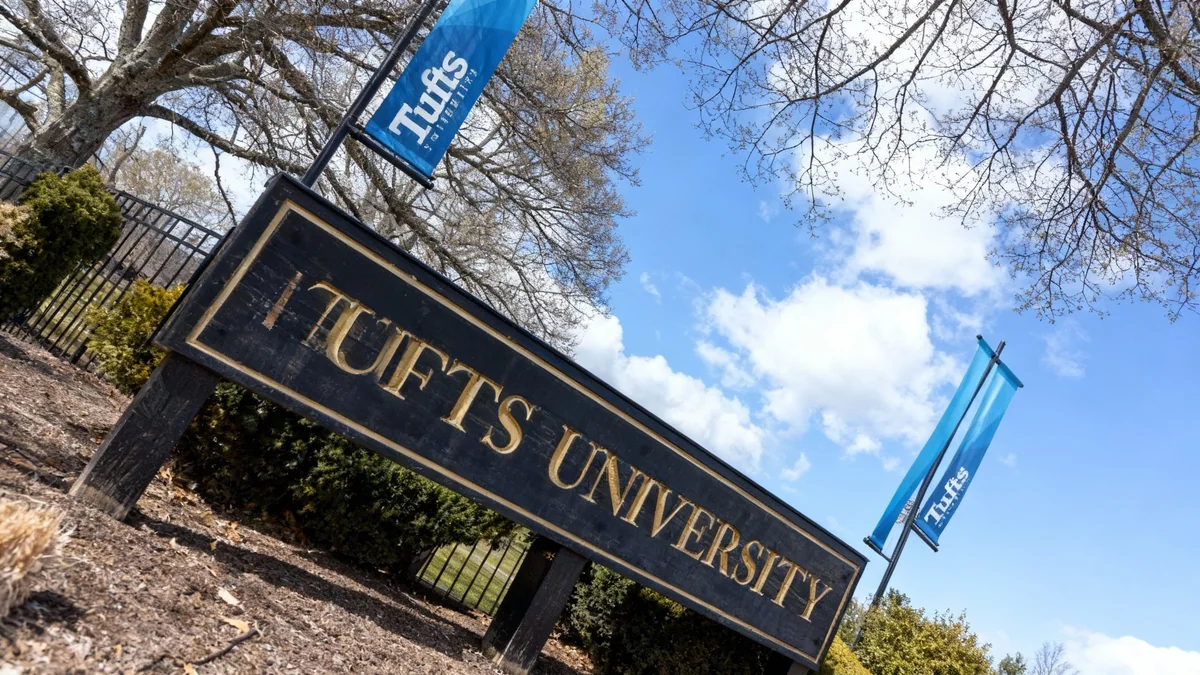The Michigan Department of Education (MDE) has announced that 68 public schools are no longer under state oversight, a significant development highlighted in the latest Michigan School Index report. This change reflects notable improvements in student outcomes, including proficiency on statewide tests and graduation rates, for these institutions.
While celebrating this progress, the state also identified 113 schools that will now receive increased assistance through partnership agreements. These schools have been designated for "Comprehensive Support and Improvement" based on the new data for the 2024-25 school year.
Key Takeaways
- Sixty-eight Michigan schools have been removed from the state's accountability watchlist, indicating improved performance.
- Of those, 33 schools were previously in intensive partnership agreements with the state.
- The Michigan Department of Education has identified 113 new schools for "Comprehensive Support and Improvement" (CSI).
- The Michigan School Index is a federally mandated system under the Every Student Succeeds Act to identify and support low-performing schools.
Understanding Michigan's School Accountability System
The Michigan School Index serves as the state's primary tool for evaluating public school performance. Mandated by the federal Every Student Succeeds Act (ESSA), the index is published annually to identify schools that require additional resources and support to improve student achievement.
Schools are placed into different accountability categories based on a range of metrics. These include student proficiency in core subjects, academic growth, and high school graduation rates. The system is designed not as a punitive measure, but as a mechanism to direct state and local resources where they are most needed.
What is the Every Student Succeeds Act (ESSA)?
ESSA is a federal law that replaced the No Child Left Behind Act. It requires states to create their own accountability systems to measure school performance. The goal is to ensure all students receive a high-quality education, with a focus on supporting struggling schools and specific student groups.
When a school is identified for support, it doesn't mean it has failed. Instead, it signifies that certain performance indicators have fallen below state-defined thresholds, triggering a collaborative process for improvement involving the school district, intermediate school districts (ISDs), and the MDE.
A Story of Progress and Renewed Focus
The removal of 68 schools from the oversight list is a positive sign for the state's education system. Interim State Superintendent Sue Carnell expressed satisfaction with the results, attributing the success to a collective effort.
"When we work together, we can provide the services our children need to learn and reach their full potential," Carnell stated, acknowledging the dedication of staff, students, parents, and community members.
Of the 68 schools exiting oversight, 33 had been part of intensive partnership agreements. These agreements involve close collaboration with the MDE to establish and meet specific performance targets. Their successful exit demonstrates the potential effectiveness of this targeted support model.
Simultaneously, the state is turning its attention to a new cohort of schools. The 113 institutions identified for Comprehensive Support and Improvement (CSI) represent approximately 3.4% of Michigan's 3,324 public schools. These schools, located across 57 different districts, will now enter into similar partnership agreements.
Defining the Support Categories
The Michigan School Index uses several classifications to categorize schools needing support:
- Comprehensive Support and Improvement (CSI): This category includes the lowest-performing 5% of all schools statewide. It also includes any high school with a four-year graduation rate of 67% or less.
- Targeted Support and Improvement (TSI): Schools in this category have at least one student subgroup (e.g., based on race, disability, or economic status) that is performing in the bottom 25% statewide.
- Additional Targeted Support (ATS): This is a more intensive level of support for schools where one or more student subgroups are performing at the level of the state's lowest 5% of schools.
The 68 schools removed from oversight came from these different categories, with the majority—just over 50—exiting the most intensive CSI list. The remaining 15 were removed from the ATS list.
Schools Demonstrating Turnaround Success
The list of schools showing significant improvement spans the entire state, from urban centers to smaller communities. This widespread progress suggests that improvement strategies can be adapted to diverse local contexts.
A Statewide Effort: The schools exiting oversight are located in numerous districts, including Detroit, Lansing, Grand Rapids, Flint, Jackson, and Kalamazoo, showcasing broad-based gains.
Some of the schools that have successfully exited the Comprehensive Support and Improvement list include:
- Martin Luther King Jr. Senior High School (Detroit Public Schools Community District)
- Ottawa Hills High School (Grand Rapids Public Schools)
- Eisenhower School (Flint Community Schools)
- John R. Lewis Elementary School (Jackson Public Schools)
- Washington Writers’ Academy (Kalamazoo Public Schools)
- Gardner International Magnet School (Lansing School District)
- Woodrow Wilson Elementary School (Port Huron Area School District)
These schools, along with dozens of others, have met the state's criteria for progress, allowing them to operate without the direct oversight previously required.
The Path Forward for Newly Identified Schools
For the 113 schools now entering the CSI category, the journey of intensive support is just beginning. These schools and their districts will work with the MDE and their regional intermediate school districts to craft detailed improvement plans.
These plans are not one-size-fits-all. They are tailored to the specific needs of each school's student population and community. The process involves setting clear, measurable goals.
- 18-Month Interim Targets: Schools will establish short-term benchmarks to track immediate progress and make necessary adjustments to their strategies.
- 36-Month Outcomes: Longer-term goals are set to ensure sustainable improvement in areas like academic proficiency and graduation rates.
This structured approach provides a roadmap for improvement, with continuous support and monitoring from state education officials. The success of the 33 schools that just exited these partnership agreements provides a model for the new cohort to follow.
The annual release of the Michigan School Index data serves as a critical check-up for the state's educational health. While the focus is often on the numbers, the ultimate goal is to foster an environment where every student has the opportunity to succeed. The latest results show both significant achievements and the ongoing work required to reach that goal.





